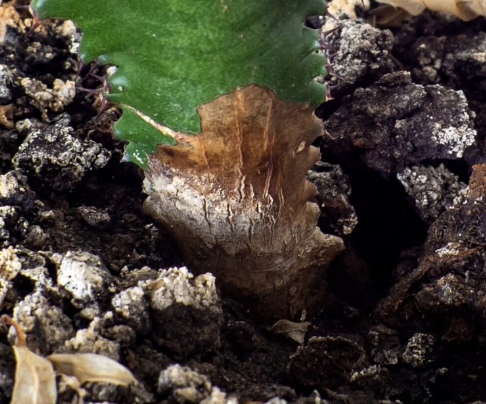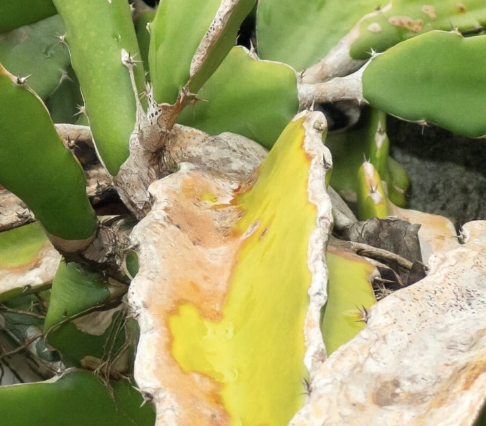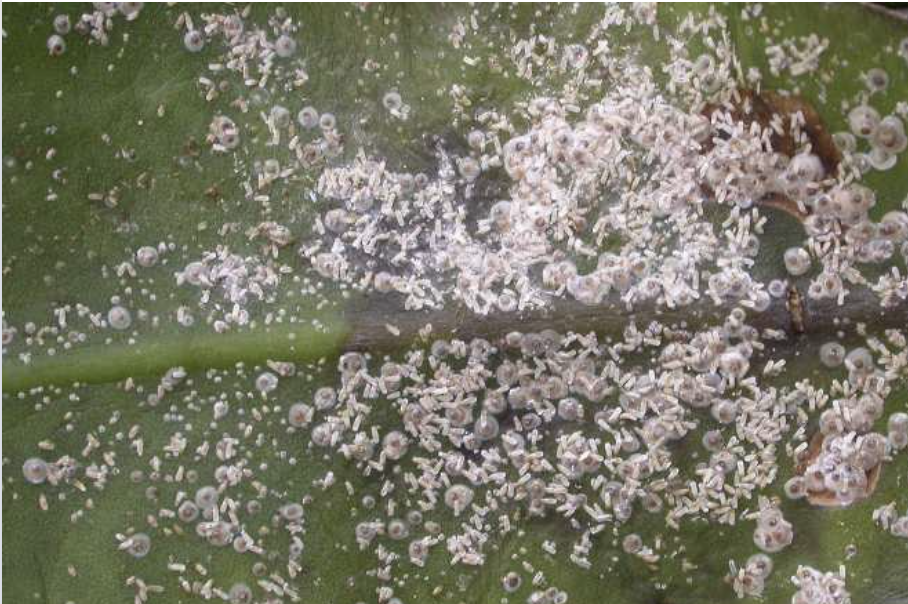Holiday cacties are relatively easy to grow. Thanks to its colorful flowers, holiday cactus has become a cheery addition to many homes during the holiday season. They produce red, pink, or white flowers that bloom at the ends of these branches. Each flower, typically about 3 inches long, and lasts for several days, though the entire flowering period typically spans about two weeks or more.
Facts About Holiday Cactus
Holiday cactuses are native to rainforest of south Eastern Brazil where it thrives in the branches of trees. Though cactus are often associated with dry, desert-like conditions, but the holiday cactus prefers more humid environments than other cactus. With the correct conditions and care, you can keep these houseplant alive and blooming for years to come.
Watch the below video for some tips for growing and caring for a holiday cactus:
Common Problems With Holiday Cactus
While Holiday cactus is known for being low maintenance, there are a few problems you may encounter when caring for them.
The most common fungal disease affecting a holiday cactus is “Botrytis blight” or “gray mold” which appears as a silvery gray fungus or mold spots on the leaves, and yellow, brown, or black spots on the stems. And is often caused by the plant being kept too moist, in insufficient light, or in a room with poor airflow high humidity.
Treatment
- Early stages: Remove infected leaves and improve air circulation. try providing more light if possible (such as placing an LED lamp over the plant to augment natural light) and ensure it’s not being overwatered.
- Severe infection: Discard the plant and sanitize the pot to prevent further spread.
Root Rot

Occurs when the plant is overwatered, causing the roots to become soft and mushy. It can be treated by removing the plant from the pot, trimming affected roots, repotting with fresh, well-draining soil, and adjusting watering habits.
Stem Rot

Usually appears as a brown, water-soaked spot at the base of the stem, often leading to plant death. It can be prevented by watering thoroughly but allow soil to dry out slightly between watering. Avoid overcrowding plants and ensure adequate ventilation.
Mealybugs
Mealybugs can suck the nutrients from cactus and produce a sugary substance called honeydew, which can lead to an increase of ants inside the home that target the plants, plus, the production of honeydew can lead to sooty mold on cactus, which leaves a black, unsightly residue on the plant over time.

To avoid mealybugs, routinely check the cactus for signs of infestation. Mealybugs can be identified by their powdered wax outer layer. Treat mealybugs with an insecticidal soap spray, which will help to control and eliminate the insects on contact.
Awesome Blog!! Thanks for sharing these tips. Beautiful video, and your collections are amazing. Keep up the great work!!
Thank you 🙏 😊 😍